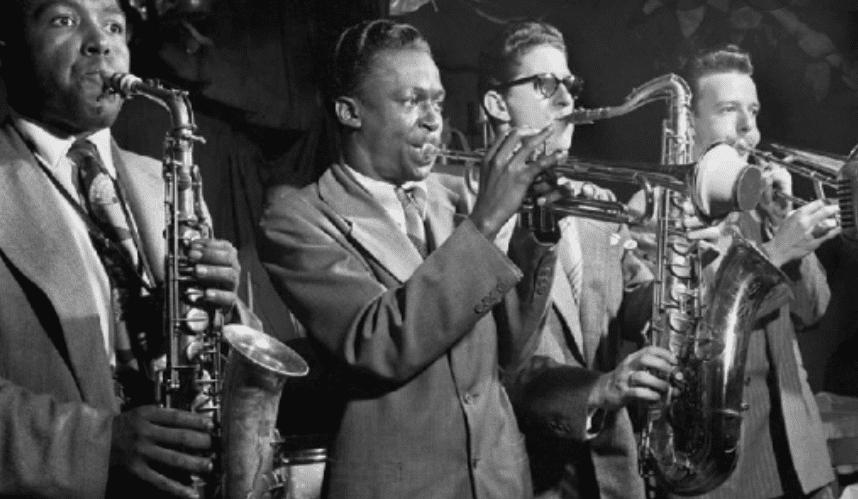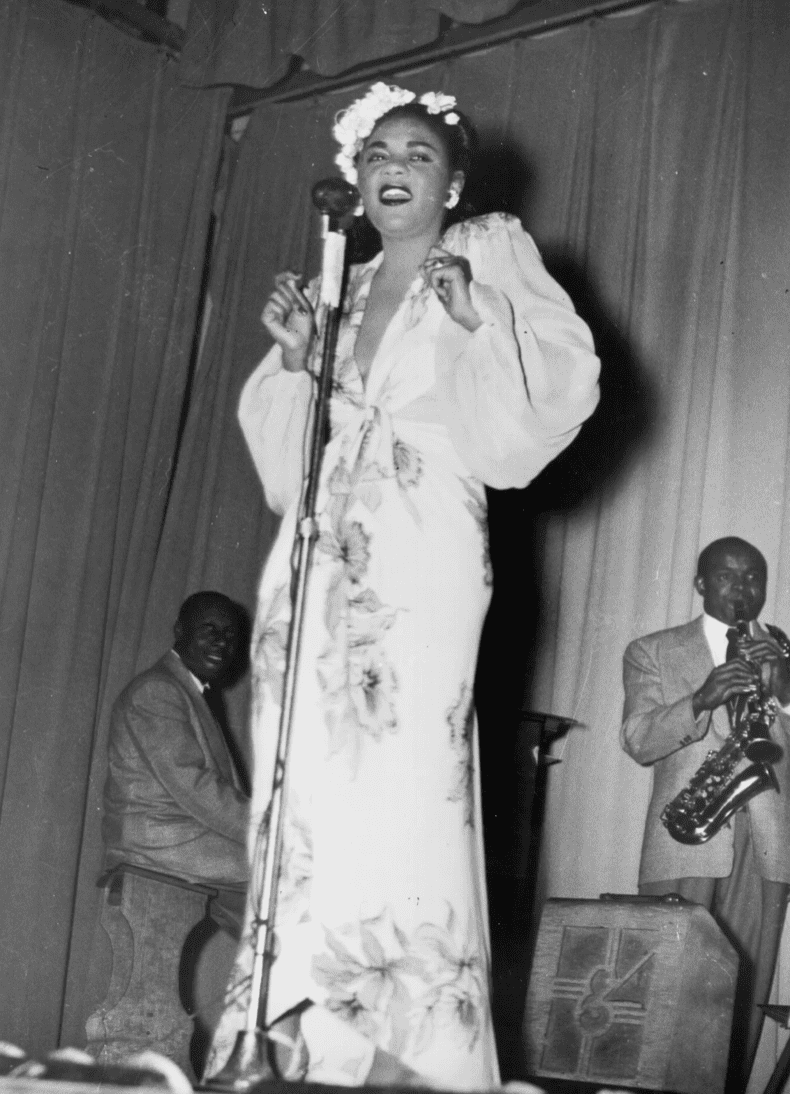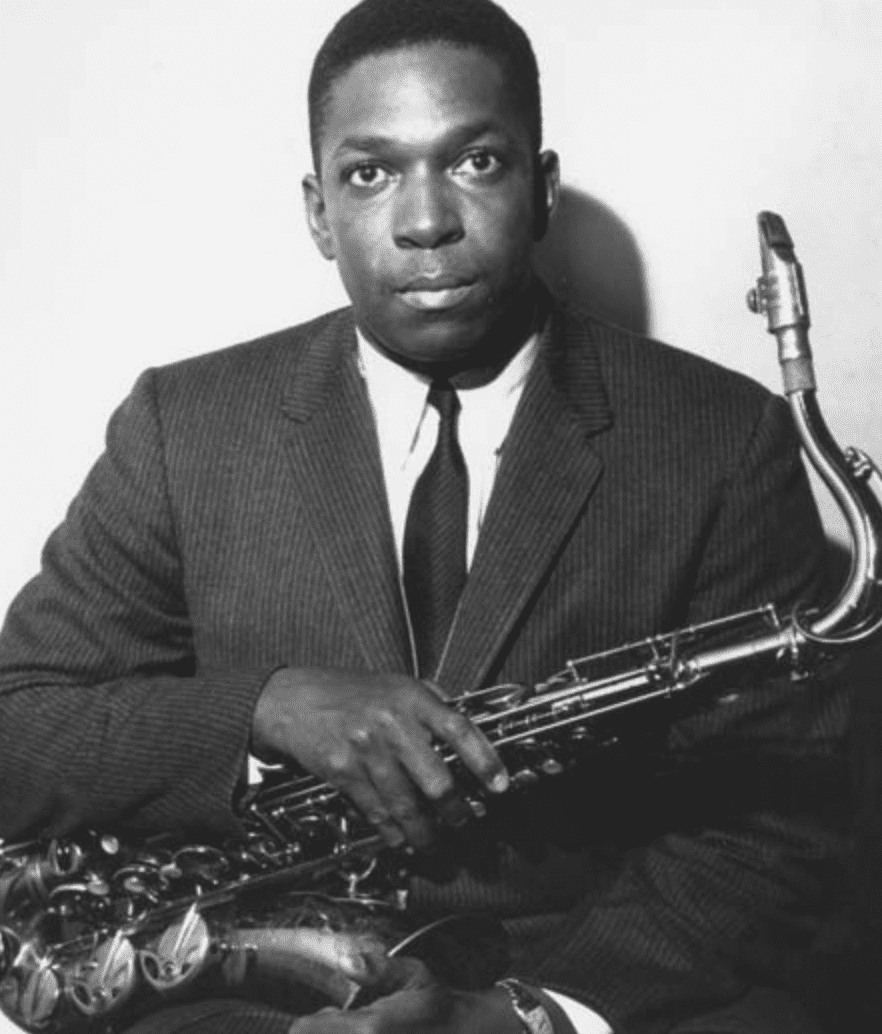Jazz: The Evolution of Jazz from the 1930s-40s
By Nichele Washington


The history of Jazz is an extensive one that could never be truly expounded upon in just a single post. Beginning with traditional jazz (informally referred to as 'trad jazz') this genre has roots that can be traced back to New Orleans, Harlem, and even Kansas City. However, for the purpose of this post, the primary topic of discussion will be; the evolution of Jazz in the 1930s-40s.

Key Figures
-Bessie Smith
Bessie Smith is known for being the first significant female jazz vocalist and was often revered as the “Empress of the Blues.”
-Ella Fitzgerald
After performing at the Apollo theatre, Ella Fitzgerald rose to fame as the “Queen of Skat” and was known for fusing together jazz and pop music.
–Billie Holiday
During the 1930s, Billie Holiday emerged as a prominent modern jazz female vocalist. Particularly skilled in and influential to swing jazz, Holiday drew on the works of Louis Armstrong and Bessie Smith in order to create her distinct timbre.’
– JJ Johnson and Bennet Green
Bebop players
-Billy Eckstine
Billy Eckstine was a proficient bebop band leader during the late 1930s/early 1940s. He was best known for his diversification of bebop.
-Bud Powell
Playing at the same time as his contemporary, Theolonious Monk, Bud Powell was a skilled jazz pianist and composer. This is because his music was rhythmic, full of blues style bass, and incorporated elements of swing.
-Charlie Parker
Charlie Parker is a jazz saxophonist who devised a new way to play the saxophone/jazz called technical swing.
-Theolonious Monk
Skilled Jazz pianist and composer during this time period. Heavily influential to Bud Powell and the development of modern jazz.


Key Figures Cont'd
-Dizzy Gillespie
Specialized in modern jazz and Afro-Cuban Jazz fusion (which drew on the musical characteristics of jazz played in Congo Square (I,e. Bongos)) However, Gillespie was originally a bebop jazz artist.
-Miles Davis
Though Miles Davis became particularly influential in the 1950s, his journey started in the 1940s where he established himself as a skilled Trumpist and began to work with artists like John Coltrane. (He is also the inspiration for the name ‘Cool Jazz’)
-John Coltrane
John Coltrane is known for his talents on the saxophone. In fact, Coltrane was so skilled with the saxophone that he was able to mimic the skills of pianists and violinists.
– Ornette Coleman
Ornette Coleman was also a highly skilled saxophonist, however, he is more prominently known for the part he played in the creation of free form jazz. Though Charles Minges (Jazz pianist) created the concepts of free from jazz prior to Ornette Coleman, Coleman added his own improvisations to create ‘organized chaos’ in Jazz. His motive for this creation stemmed from his desire to ‘unshackle’ jazz from its conformities.
– Beatniks
The term ‘Beatnik’ refers to a generation of young adults in the late 1940s who used jazz music (specifically bebop and other variations) in order to rebel against social conformity. They emphasized the importance of individuality even in music.
-Eubie Blake
Skilled pianist known for his ability to play ragtime.
-Robert Johnson
Guitarist who played blues and folk music. Johnson can be credited as a being a folk influence to jazz.
Key Concepts
-Swing Band
Swing band (A.K.A Big Band) was a form of Jazz during this time period that was too fast to dance to so enjoying it meant you were just listening to it.
-Harlem
During this time period, the Jazz scene shifts from Harlem to “The Street” (52nd street) which was populated with clubs that helped spread Jazz and the culture of Jazz
–Bebop
Bebop is a genre of Jazz that first emerged as a newer, more scientific approach to swing. In order to effectively play Bebop, one had to know about musical technicalities surrounding chords, instruments, etc as Bebop prioritized artistry over entertainment. Bebop is also perhaps the most controversial form of jazz. It was criticized as being “unholy” and “provocative.” However, the music actually sought to encourage individualism and diversify music playing.
– Trad Jazz
Traditional Jazz (one of if not the earliest forms of jazz) encompasses folk, blues, African, classical, and ragtime music.
-The Big Four
The Big Four refers to a new jazz concept: instruments would play in beats of 4. On the second count of 4, all instruments would play significantly louder. This was repeated throughout the song.
-Effect of Jazz
During this time period (which was marked by major events such as The Great Depression) Jazz was used to raise spirits.
Conclusion
Jazz during the 1930s-40s can be described as having an overall air of individuality and improvisation. Though drawing on influences from other styles of music like ragtime, folk, blues and others, Jazz and other manifestations of jazz helped to raise the overall morale of everyday citizens who were existing during a time when dancing, singing, and enjoying life seemed next to impossible. Key figures such as Billie Holiday and Miles Davis helped to further revolutionize Jazz as both a genre and culture and their effects on Jazz can still be felt and identified in today's music.
More by Nichele Washington
Negro Spirituals in the United States by Nichele Washington and Janelle Clark
The Commodification of African American Music by Nichele Washington


